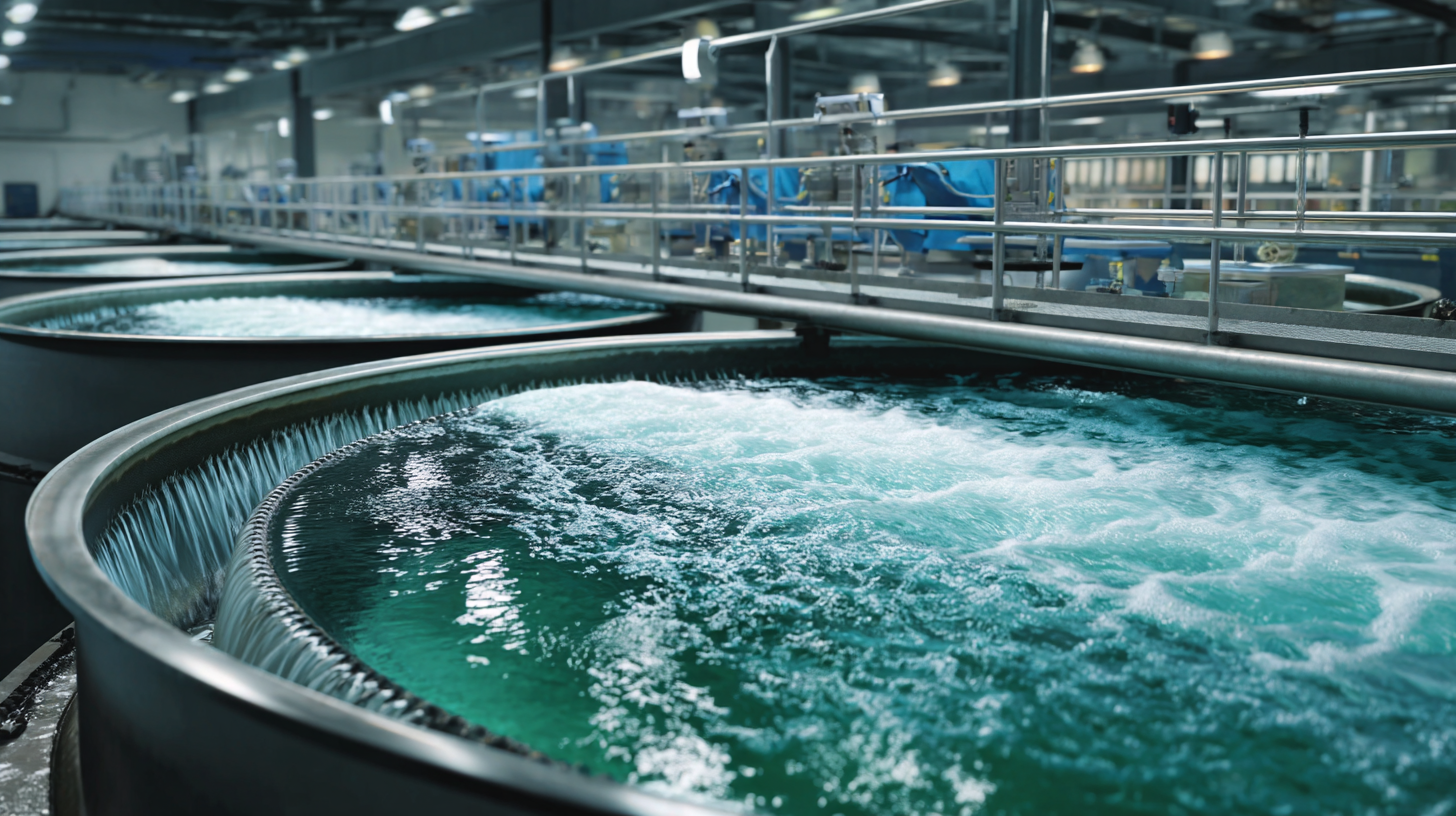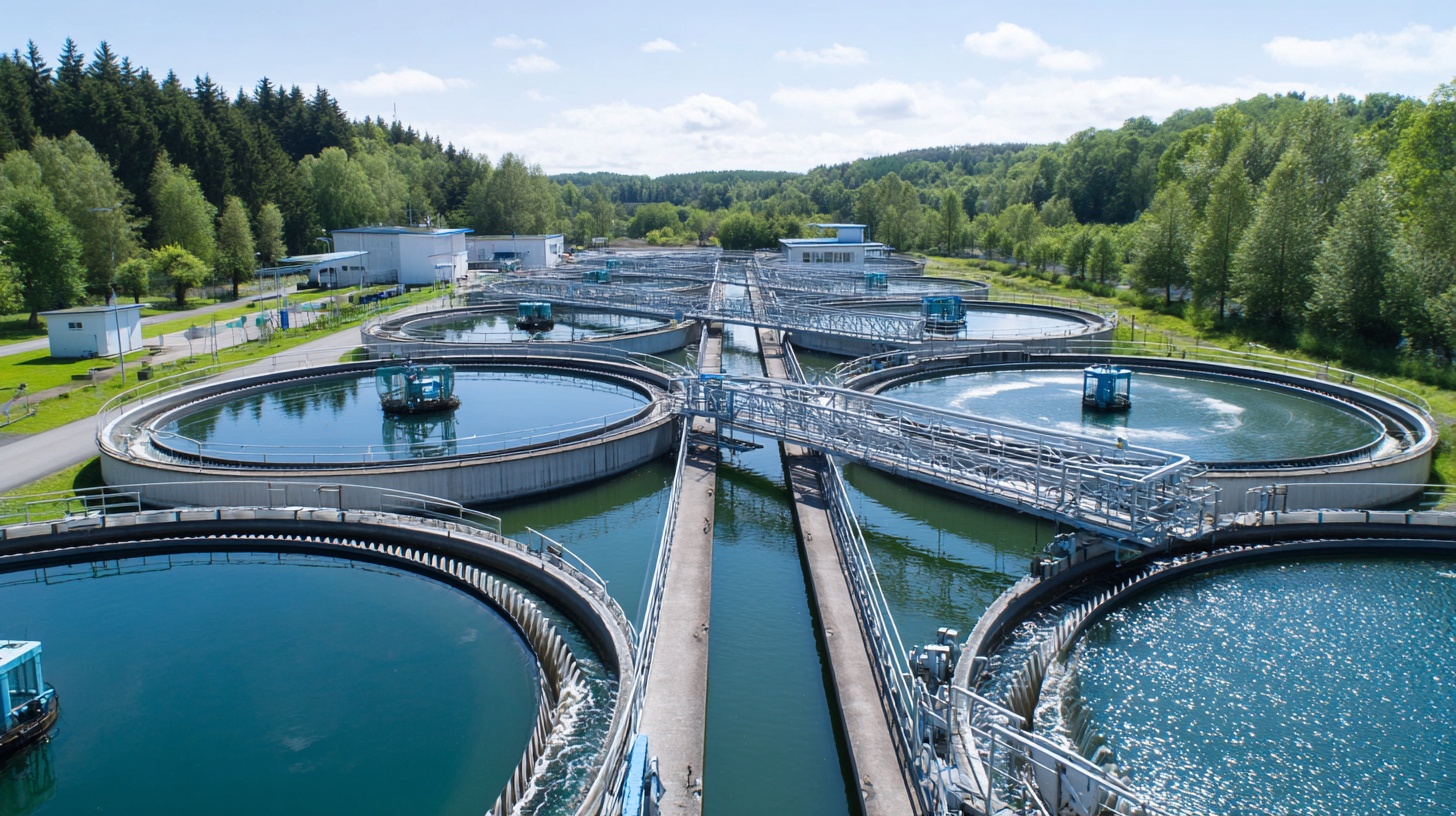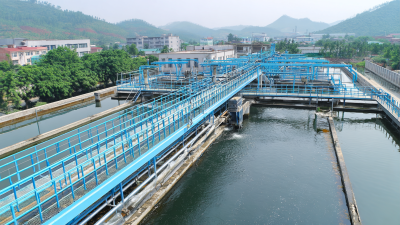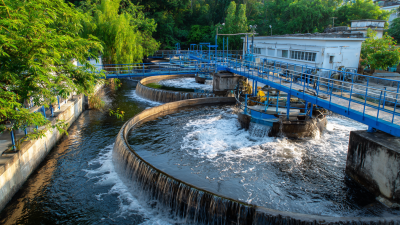In the realm of wastewater treatment, the quest for purity is more critical than ever, with global water demand projected to increase by 55% by 2050, as noted by the United Nations. One innovative solution making waves in this industry is the Lamella Clarifier, a technology designed to enhance the efficiency of sedimentation processes. According to a report by the Water Environment Federation, utilizing Lamella Clarifiers can significantly reduce footprint while achieving high sedimentation rates, often surpassing traditional clarification methods by 50% in terms of space efficiency. This technology harnesses the principles of gravity and laminar flow, allowing for more effective separation of solids from liquids, thereby transforming the landscape of wastewater treatment. As regulatory standards tighten and the need for sustainable practices intensifies, the Lamella Clarifier stands out as a pivotal tool in the journey toward unlocking absolute water purity.

Lamella clarifiers represent a breakthrough in wastewater treatment, utilizing a compact design to achieve efficient sedimentation. By promoting laminar flow patterns, these systems facilitate the separation of solids from liquids, resulting in cleaner effluent. The fundamental principle behind lamella clarifiers involves angled plates that extend the settling area without significantly increasing the footprint of the treatment facility, making them particularly advantageous for space-constrained environments.

Recent advancements in zero liquid discharge (ZLD) technology highlight the growing importance of effective wastewater management solutions. ZLD systems aim to eliminate liquid waste completely, transforming it into solid products and recovering valuable resources. The integration of lamella clarifiers in ZLD setups can enhance overall efficiency, supporting the sustainable treatment of wastewater while ensuring compliance with environmental regulations. The synergy between these technologies promises significant improvements in water purity and resource recovery, ultimately transforming the landscape of wastewater treatment.
Lamella clarifiers play a crucial role in transforming wastewater treatment processes, particularly through their unique design and functionality. Their inclined plates allow for the efficient settling of particles in a compact space, thereby increasing sedimentation rates significantly. According to a recent computational fluid dynamic study, the use of lamellar settlers in sedimentation tanks can enhance sedimentation efficiency by up to 20% compared to traditional systems. This improvement is achieved by optimizing the flow field, which reduces turbulence and allows for more effective particle settling.
The science behind lamella clarifiers lies in their ability to maximize surface area within a limited footprint, ensuring that water treatment facilities can operate more efficiently. The design facilitates a reduction in the required tank size for effective sedimentation, leading to lower construction and operational costs. Industry reports indicate that adopting such technologies can also lead to increased throughput, proving essential in an era where water scarcity is a pressing issue. As cities grow and water demand escalates, innovations like lamella clarifiers become indispensable in creating sustainable water treatment solutions.

Lamella clarifiers represent a significant advancement in wastewater treatment, offering several advantages over traditional methods. One of the key benefits is their enhanced efficiency in solids removal. Due to their unique design, lamella clarifiers maximize settling area in a compact footprint, allowing for effective sedimentation without requiring extensive space. This not only reduces the size of treatment facilities but also lowers construction and operational costs.
**Tips:** When considering the transition to lamella clarifiers, assess your facility's specific needs. Optimizing flow rates and understanding the characteristics of the wastewater can lead to even greater efficiency and effectiveness in treatment.
Another advantage of lamella clarifiers is their ability to handle fluctuating loads. Unlike standard clarifiers, which may struggle under varying influent conditions, lamella systems can adapt more readily to changes, thus maintaining consistent performance. This adaptability is crucial in industrial settings where wastewater characteristics can differ dramatically.
**Tips:** Regular monitoring and maintenance can enhance the performance of lamella clarifiers. Implementing routine inspections and cleaning schedules can help prevent issues, ensuring that the system operates at its peak efficiency over time.
| Aspect | Traditional Methods | Lamella Clarifiers |
|---|---|---|
| Space Requirement | Requires large footprint | Compact design saves space |
| Efficiency | Lower efficiency in solid removal | Higher efficiency, better solid-liquid separation |
| Operation Cost | Higher operational costs | Lower operating costs due to reduced energy consumption |
| Maintenance | Frequent maintenance required | Low maintenance needs due to simplicity |
| Sludge Generation | Higher sludge production | Reduced sludge volume |
| Implementation Time | Longer installation period | Quicker setup and commissioning |
Innovative technologies are revolutionizing the wastewater treatment landscape, particularly through the use of lamella clarifiers. These devices enhance the sedimentation process by providing a larger surface area for particles to settle while minimizing the footprint of treatment facilities. The efficiency of lamella clarifiers can be significantly improved by integrating high-rate activated sludge (HRAS) systems, which optimize biomass dynamics and oxygen consumption, ultimately leading to better clarifier performance. A recent study highlighted the long-term stability and operational efficiency gains of such systems, indicating potential reductions in operational costs by up to 25%.
Moreover, as urban populations and industrial demands continue to rise, the need for advanced wastewater treatment solutions becomes increasingly critical. Reports suggest that the global wastewater treatment market is projected to reach approximately USD 300 billion by 2025, driven by technological advancements and a growing emphasis on environmental sustainability. In this context, lamella clarifiers are expected to play a pivotal role, with their ability to enhance treatment efficiency while reducing energy consumption—a key consideration in today’s environmentally conscious landscape. The integration of these innovative technologies not only meets stringent regulatory requirements but also supports a sustainable approach to water management.
The implementation of lamella clarifiers has revolutionized wastewater treatment processes across various industries. In a notable case study, a municipal wastewater treatment facility upgraded its existing system by incorporating lamella clarifiers, resulting in improved settling rates and reduced footprint. This innovation allowed the plant to increase its capacity to handle peak loads while maintaining effluent quality standards. The clarifiers facilitated the effective removal of suspended solids and significantly reduced the need for chemical coagulants, leading to cost savings and environmental benefits.
Another successful example is seen in the food processing industry, where a large dairy plant faced challenges related to high organic loads and suspended solids in its effluent. By installing lamella clarifiers, the facility achieved substantial improvements in its treatment processes. The technology not only enhanced the separation efficiency but also allowed for the recovery of valuable by-products from the waste stream. As a result, the plant improved its sustainability profile, demonstrating that lamella clarifiers can play a crucial role in transforming wastewater into a more manageable and environmentally friendly resource.






